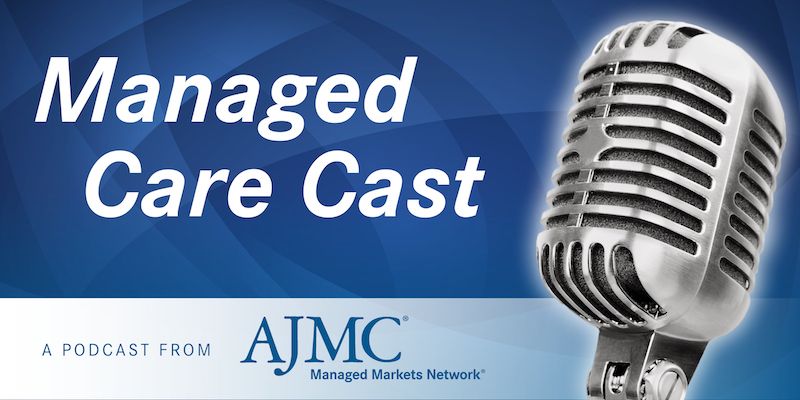Article
Doctors, Patients Weigh COPD Medicines More Than Devices in Survey
Author(s):
Learning good inhaler technique is critical for effective care and treatment for chronic obstructive pulmonary disease (COPD) and other respiratory disorders. But a survey of healthcare providers and patients show that both groups place more importance on medication over devices when it comes to COPD treatments, and both groups show limited concerns about proper device use.
Learning good inhaler technique is critical for effective care and treatment for chronic obstructive pulmonary disease (COPD) and other respiratory disorders. But a survey of healthcare providers and patients show that both groups place more importance on medication over devices when it comes to COPD treatments, and both groups show limited concerns about proper device use.
The survey was conducted by the American College of Chest Physicians as part of an ongoing project to obtain a better understanding of healthcare provider (HCP) and patient perspectives about the role of inhalation delivery devices in COPD. The study was published in Chronic Obstructive Pulmonary Diseases: Journal of the COPD Foundation.
Past studies have shown that initial inhaled therapy device training and follow-up assessments are necessary to optimize patient care. Poor understanding and misuse of inhalers have been cited as a major reason for ineffective management of COPD. These critical errors are most commonly seen in elderly patients and in patients receiving care in a primary care setting.
Researchers used data from 2 web-based surveys sent to 513 healthcare providers who managed COPD and 499 patients with COPD across the United States.
The HCP survey found:
- Device type was considered of limited importance when prescribing medication for newly diagnosed patients with stable or unstable COPD.
- Only 37% of physicians considered the device to be highly important.
- Just 45% of physicians assessed technique in every newly diagnosed patient.
- Assessment testing appeared to occur even less often among primary care providers (PCPs) compared to pulmonologists (32% versus 52%).
- However, the survey showed an apparent discrepancy, as the majority of HCPs said they gave individualized one-on-one training, yet most HCPs did not report consistently checking device technique in newly diagnosed patients.
- The majority of HCPs (87%) reported that they were much more likely to change or add medications than to switch to a different inhaler with the same medication in patients with established COPD experiencing frequent exacerbations.
Treatment changes were typically triggered by symptoms and exacerbations rather than poor device technique. Two factors, low-medication adherence and management by a pulmonologist, were associated with a higher likelihood of changing treatment to access an easier-to-use device.
Despite limited concerns about device technique, potential barriers to optimal device use were relatively common among patients. Patients with the lowest medication adherence scores were more likely to cite physical difficulties when handling their medications or devices. Patients reported arthritis, difficulty with fine motor activities, and poor eyesight as the most common potential problems to using their devices.
However, most patients with COPD (64%) were relatively unconcerned with proper device technique, regardless of their COPD severity.
The researchers said the findings support other studies that call for improved educational efforts to ensure the proper use of inhalation devices for people with chronic respiratory diseases, including COPD. Improving these factors could improve clinical outcomes and reduce costs. But education must also address HCP time constraints, which have been cited as a barrier to providing effective patient education about how to properly use inhalers.
Reference
Hanania NA, Braman S, Adams SG, et al. The role of inhalation delivery devices in COPD: perspectives of patients and health care providers.
Chronic Obstr Pulm Dis. 2018;5(2):111-123. doi.org/10.15326/jcopdf.5.2.2017.0168





